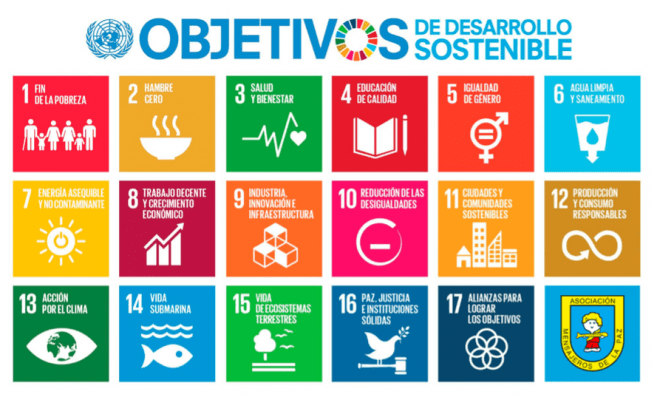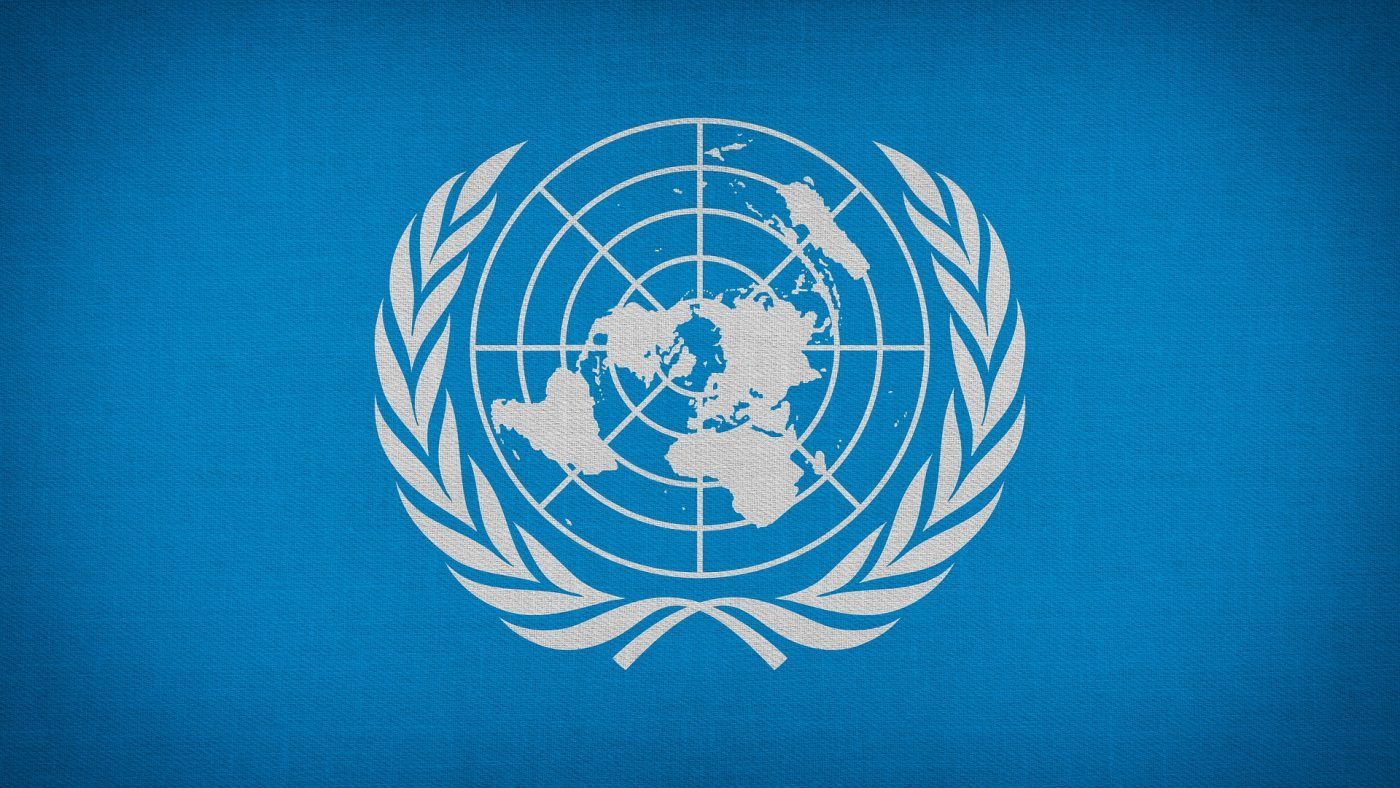Perhaps the definition is not the most accurate, but in reality a rare disease does nothing more than denominate a pathology that has not yet been studied, analyzed and against which there is, for the time being, no solution.
The complexity of the processes to reach social development solutions for the improvement of patients’ quality of life requires many multidisciplinary teams, as is the case of OLIGOFASTX, to work transversally in the search for those treatments and applications capable of fulfilling their mission.
For us, as for many scientists around the world who are working on the search for these solutions, it is an absolute priority, and for that reason, we always keep in mind the first resolution in history that the UN adopted on November 10, 2021 at the General Assembly of the “Social Development” program on “Addressing the challenges of people with a rare disease and their families”.
A/C.3/76/L.20/REV.1
Technical names are rarely representative, but this one is becoming a flagship because of the historic nature of the resolution and the direct mandate of the United Nations.
The statement contains so many reasons and justifications that each one would be enough to write several posts in this blog. We are not going to reproduce it in its entirety, as it can be consulted here, but we will share with you some paragraphs that we consider essential.
Recalling the Universal Declaration of Human Rights, the International Covenant on Economic, Social and Cultural Rights, the Convention on the Elimination of All Forms of Discrimination against Women, the Convention on the Rights of the Child and the Convention on the Rights of Persons with Disabilities.
Reaffirming its resolution 70/1 of 25 September 2015, entitled “Transforming our world: the 2030 Agenda for Sustainable Development”, in which it adopted a comprehensive set of universal, transformative, far-reaching and people-centred Sustainable Development Goals and targets, and its commitment to work relentlessly towards achieving the full implementation of the Agenda no later than 2030, with the aspiration to reach first to those furthest behind, including people living with a rare disease.

Recognizing the need to promote and protect the human rights of all people, including the approximately 300 million people living with a rare disease worldwide, many of whom are children, which implies ensuring equal opportunities for them to reach their optimal development potential and participate fully, equally and meaningfully in society.
Recognizing that some people living with a rare disease have disabilities and impairments, and that they may face attitudinal and environmental barriers to being a person with a disability.
(…)
1. Calls upon Member States to strengthen health systems byThe goal is to provide universal access to a wide range of health services that are safe, of high quality, accessible, affordable, timely, available, clinically and financially integrated, which will help empower people living with a rare disease to meet their physical and mental health needs in order to realize their human rights, including their right to the highest attainable standard of physical and mental health, and to improve health equity and equality, end discrimination and stigmatization, eliminate gaps in coverage, and create a more inclusive society;
6. Encourages Member States to promote the creation of networks of experts and multidisciplinary centers specialized in rare diseases, among others, and to increase support for research, strengthening international collaboration and coordination of research work and data exchange, while respecting their protection and privacy;
11. Urges Member States to accelerate their efforts to achieve universal health coverage by 2030 in order to ensure healthy lives and promote the well-being of all people, including those living with a rare disease throughout their lives, and in this regard once again emphasizes the determination of:
a) To progressively offer coverage to people living with a rare disease, by providing them with quality essential health products and services and quality, safe, effective, and affordable medicines, diagnostics, and essential health technologies, with a view to achieving coverage of all people living with a rare disease by 2030;
b) Halt and reverse the upward trend of self-pay healthcare costs, which have catastrophic consequences, by adopting measures that provide financial risk protection and eliminate impoverishment caused by healthcare costs by 2030, with special attention to people living with a rare disease;
Oligofastx emerged as a project before this resolution, as a result of the sensitivity and responsibility that exists in the scientific community to respond to these so-called “rare” diseases and to turn them into pathologies with treatment. Only in this way will we be able to influence people’s quality of life. This is our “leitmotiv” and our work objective.
Thank you for contributing to Oligofastx by following us on our social networks and reading us on this blog.
Sources:
https://documents-dds-ny.un.org/doc/UNDOC/LTD/N21/331/52/PDF/N2133152.pdf?OpenElement

 Español
Español
